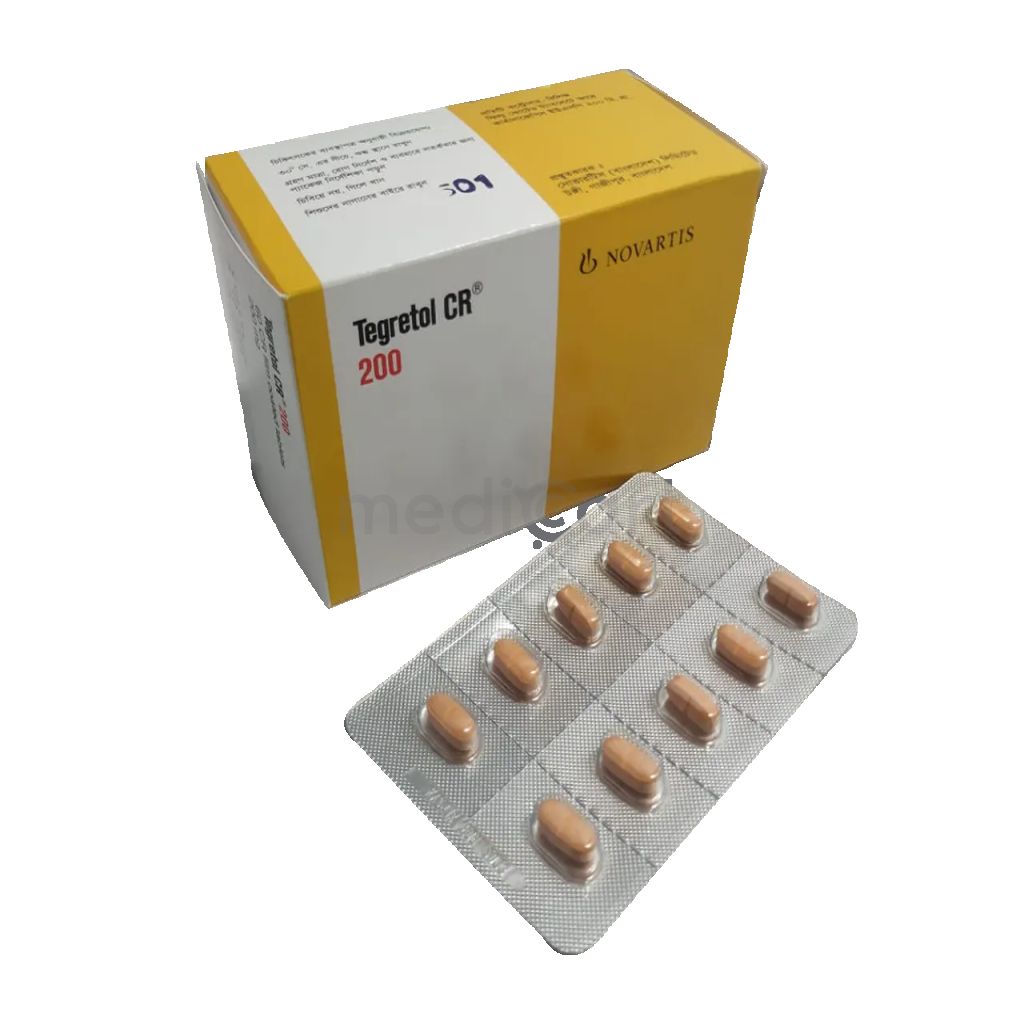

Best Price *
TK
25.00
* Delivery will be done in Dhaka city only.
More Information About - Alervil RETARD - 75 ml
Description
Generic Name
Pheniramine MaleatePrecaution
May impair ability to drive or operate machinery. Has potential for abuse. Narrow angle glaucoma, asthma or severe CV disease. Antiemetic effect may mask signs of other conditions. Pregnancy and lactation. Elderly.Indication
Allergic conditions, Motion sickness, Allergic conjunctivitis, Allergic rhinitis, Hypersensitivity reactions, Hay fever, Uritcaria with pruritus, NeurodermatitisContra Indication
Symptomatic prostatic hypertrophy; neonates and premature infants.Dose
N/ASide Effect
Sedation. Hypersensitivity reactions. Lassitude, dizziness, tinnitus, inability to concentrate, incoordination, irritability, insomnia and tremors. Nausea, vomiting, diarrhoea, colic, epigastric pain, anorexia, dryness of mouth and constipation. Urinary retention. Palpitations, headache. Blurred vision, increased intraocular pressure. Muscular weakness. Rarely, blood dyscrasias e.g. agranulocytosis, haemolytic anaemia.Pregnancy Category
Name : C
Description
Animal reproduction studies have shown an adverse effect on the fetus and there are no adequate and well-controlled studies in humans, but potential benefits may warrant use of the drug in pregnant women despite potential risksMode of Action
Pheniramine is an alkylamine derivative with histamine H1-receptor antagonist effects. It also has anticholinergic and moderate sedative effects.Interaction
May mask ototoxicity produced by aminoglycoside antibiotics. Potentially Fatal: Potentiation of CNS depression by alcohol, sedatives, opioids, barbiturates, hypnotics, narcoleptics. May increase antimuscarinic effect of MAOIs, atropine and TCAs.Pregnancy Category Note
N/AAdult Dose
Oral Allergic conditions Adult: Syrup: 15-30 mg bid or tid. Tablet: Up to 45 mg tid. Max: 3 mg/kg/day. Elderly: Syrup: 15-30 mg bid or tid. Tablet: Up to 45 mg tid. Max: 3 mg/kg/day. Prophylaxis of motion sickness Adult: Syrup: 15-30 mg bid or tid. Tablet: Up to 45 mg tid. Max: 3 mg/kg/day. Take 1st dose at least 30 min before travelling. Injection The dosage should be adjusted individually. When immediate or rapid response is desired, IV or IM injection should be used. 1-2 ml twice a day by I/M or slow IV Multi-dose vial is not recommended for IV use.Child Dose
Oral Allergic conditions Child: Tablet 5-10 yr: Half a 45-mg tablet up to tid; Tablet: Up to 45 mg tid. >10 yr: Syrup: 15-30 mg bid or tid. Max: 3 mg/kg/day. Prophylaxis of motion sickness Child: As maleate: 5-10 yr: Half a 45-mg tablet up to tid; >10 yr: Syrup: 15-30 mg bid or tid. Tablet: Up to 45 mg tid. Max: 3 mg/kg/day. Take 1st dose at least 30 min before travelling. Injection Hypersensitivity reactions, Hay fever, Uritcaria with pruritus, Neurodermatitis Injection solution is administered to infants and children aged 6 months and up to 11 years by the intramuscular route. The recommended dose may be repeated at 12 hourly intervals until the acute symptoms have subsided. Children aged 2 years about 11-14 Kg body weight 0.5-0.7 ml I/M. Children aged 3-5 years 20 Kg body weight 0.8-1.3 ml I/M Children aged 6-11 years Up to about 35 Kg body weight 1.0-1.5 ml I/MRenal Dose
N/AAdministration
Should be taken with food. Take after meals.Disclaimer
The information provided herein are for informational purposes only and not intended to be a substitute for professional medical advice, diagnosis, or treatment. Please note that this information should not be treated as a replacement for physical medical consultation or advice. Great effort has been placed to provide accurate and comprehensive data. However, Medicart along with its authors and editors make no representations or warranties and specifically disclaim all liability for any medical information provided on the site. The absence of any information and/or warning to any drug shall not be considered and assumed as an implied assurance of the Company.






